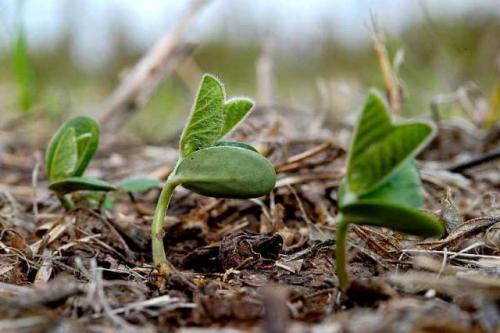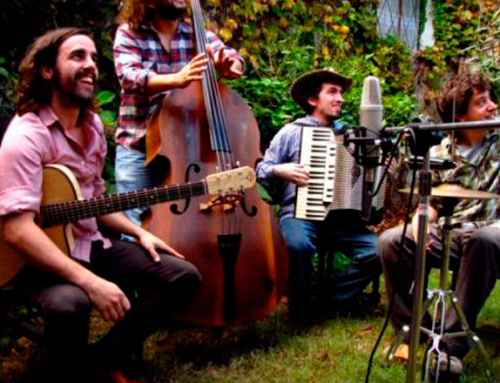Mariana Hill, Director of Natural Renewable Resources of the Ministry of Animal Husbandry, Agriculture and Fisheries of Uruguay noted that, with the second phase of plans for soil use and management, practically all agricultural soil will be registered and ‘traced’. The second phase includes summer crops (soybean, corn and sorghum), covering one million hectares.
Authorities at the Ministry of Animal Husbandry, Agriculture and Fisheries (MGAP) stressed that traceability of the soil for agricultural production will show that agriculture in Uruguay generates high levels of production with the least possible erosion, making Uruguay a world leader in this area.
In order to monitor the traceability programme, Hill anticipated that an Internet-based tool system would be developed, so that private agronomists will be able to incorporate data in MGAP servers. ‘Technology will help the work of agronomists, as they will be able to submit data from wherever there is connectivity; the days of huge dossiers going the rounds are over’, she added.
The deadline for receiving plans is 31 October 2013.
Plans submitted this summer will be drawn on a graphical information system, enabling sowing plans for summer crops to be fully georeferenced. Hill considers that this data will be used for the development of ports, road transport logistics, the use of water basins and other areas and for planning the country’s natural resources.
Some 500,000 hectares were planted with wheat and barley last year, a figure that matches the total of hectares submitted by the producers to the National Department for Renewable Natural Resources (RENARE). ‘If there were cases of non-compliance, they were very few’, Hill noted; this ‘was due to the collaborative effort of all parties involved’. Authorities hope to receive soil use and management plans to cover one million hectares of agricultural land.
Source: Presidency website


